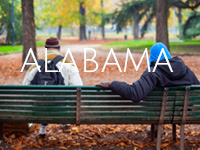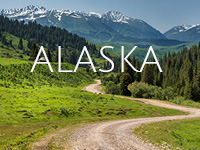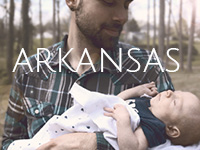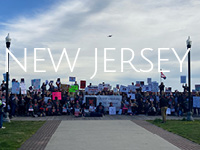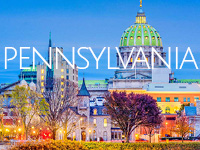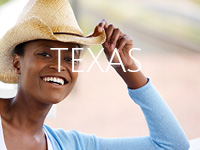
Too many people are falling through the gaps in smokefree protections from secondhand smoke.
ANR Foundation's Report, "Bridging the Gap: Status of Smokefree Air in the United States - 2022,” documents current smokefree protections and disparities in secondhand smoke exposure in America.
It's Time to bridge the gap
We have an obligation to protect people from the effects of deadly tobacco products like cigarettes and cigars, including the harms of breathing secondhand smoke. There is no safe level of exposure to the smoke produced by burning tobacco, but because many jurisdictions fail to regulate it effectively, secondhand smoke remains one of the leading causes of preventable disease and death in the US. Effective models for creating a smokefree community exist, and places that have adopted them have seen both economic and health benefits. It is time to achieve equity in smokefree protections for all, regardless of their geographic region, race/ethnicity, occupation, or economic status.
ANR Foundation is committed to closing gaps in smokefree protections, applying a health equity lens to the disparities in exposure, and to ensuring that affected groups are engaged in the policy making process. It takes people power to overcome the interference of Big Tobacco and its allies and to redesign systems that force some people to live, work, or play in toxic environments.
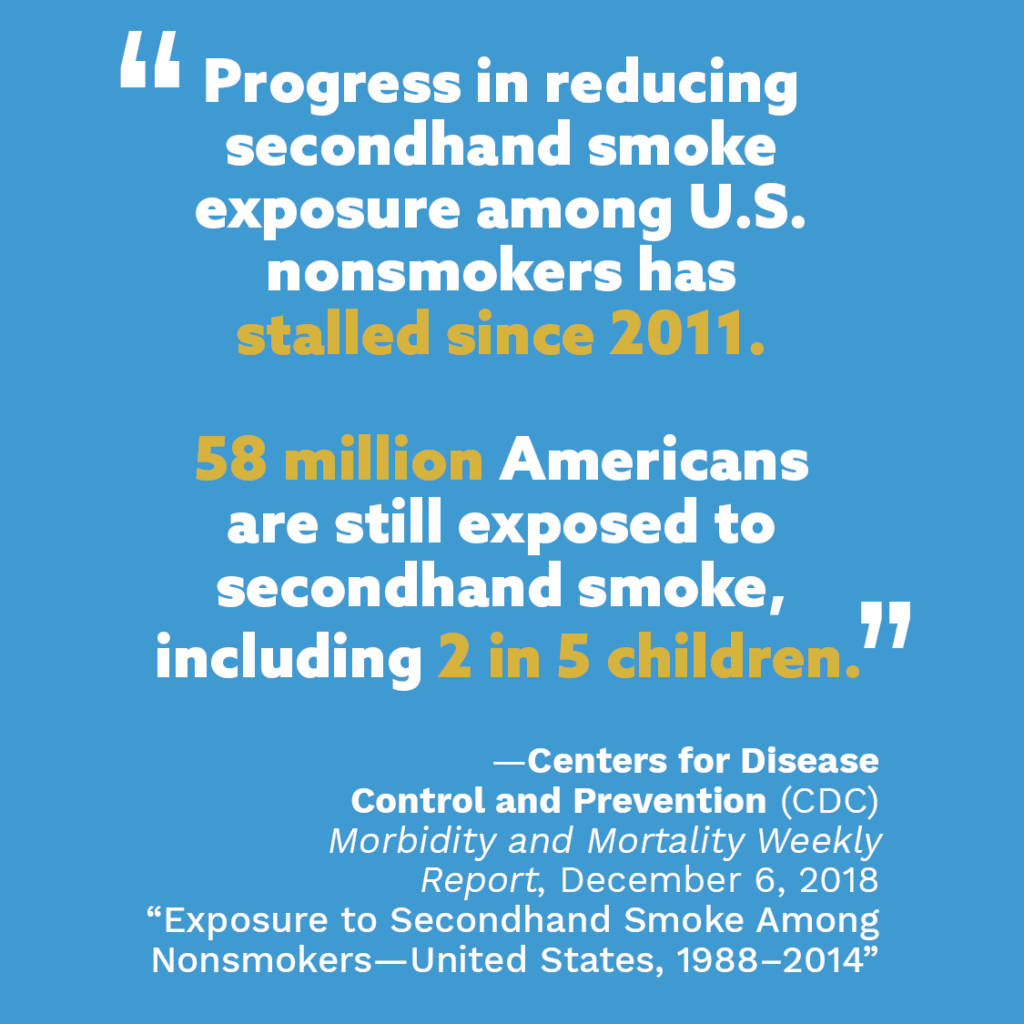
Where people live is a factor of exposure to secondhand smoke.
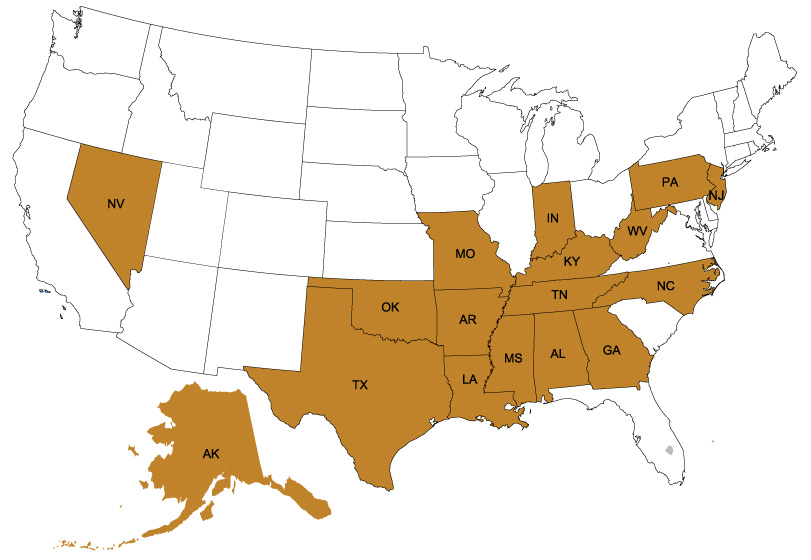
Seventeen states are featured in this report: Alabama, Alaska, Arkansas, Georgia, Indiana, Kentucky, Louisiana, Mississippi, Missouri, Nevada, New Jersey, North Carolina, Oklahoma, Pennsylvania, Tennessee, Texas, and West Virginia.
Thirteen of the states have local authority to adopt smokefree laws, and four (Oklahoma, Pennsylvania, North Carolina, and Tennessee) preempt or partially preempt local lawmaking regarding smokefree air.
Preemption occurs when a law passed by a higher level of government takes precedence over a law passed by a lower one. Preemption is a key tobacco industry tactic that removes a community’s right to enact local smokefree air laws.
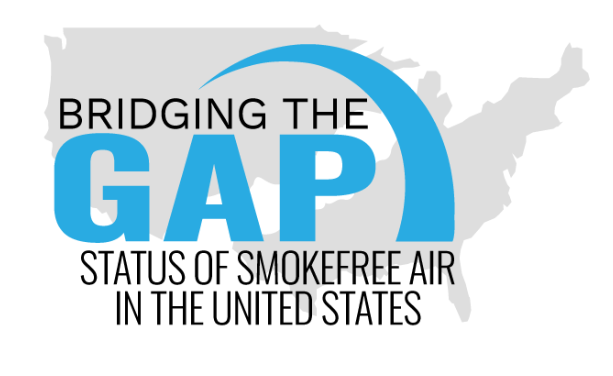
Read the Executive Summary

This report aims to:
- Increase awareness of the ongoing problem of secondhand smoke exposure from tobacco and cannabis/marijuana products.
- Highlight the drastic gaps in smokefree protections and the physical and fiscal health consequences that follow.
- Encourage public health and social justice advocates and professionals to prioritize smokefree policy development to protect and improve the health and safety of all workers and patrons.
- Highlight the impact direct advocacy from affected individuals such as casino workers and musicians to make policy change in their states and localities.
- Offer strategic advice to increase civic engagement as well as build public support to close smokefree gaps and improve community health.
